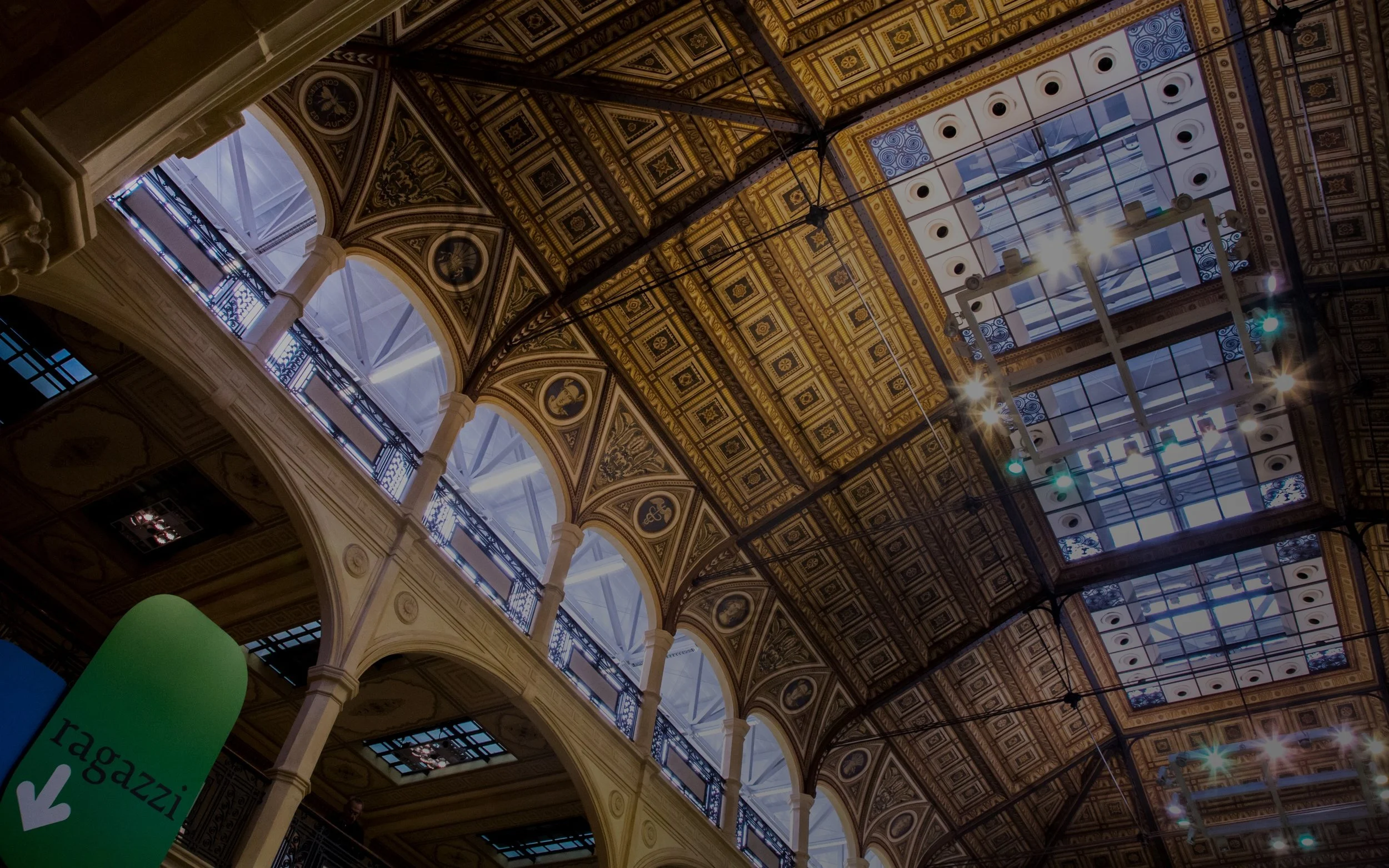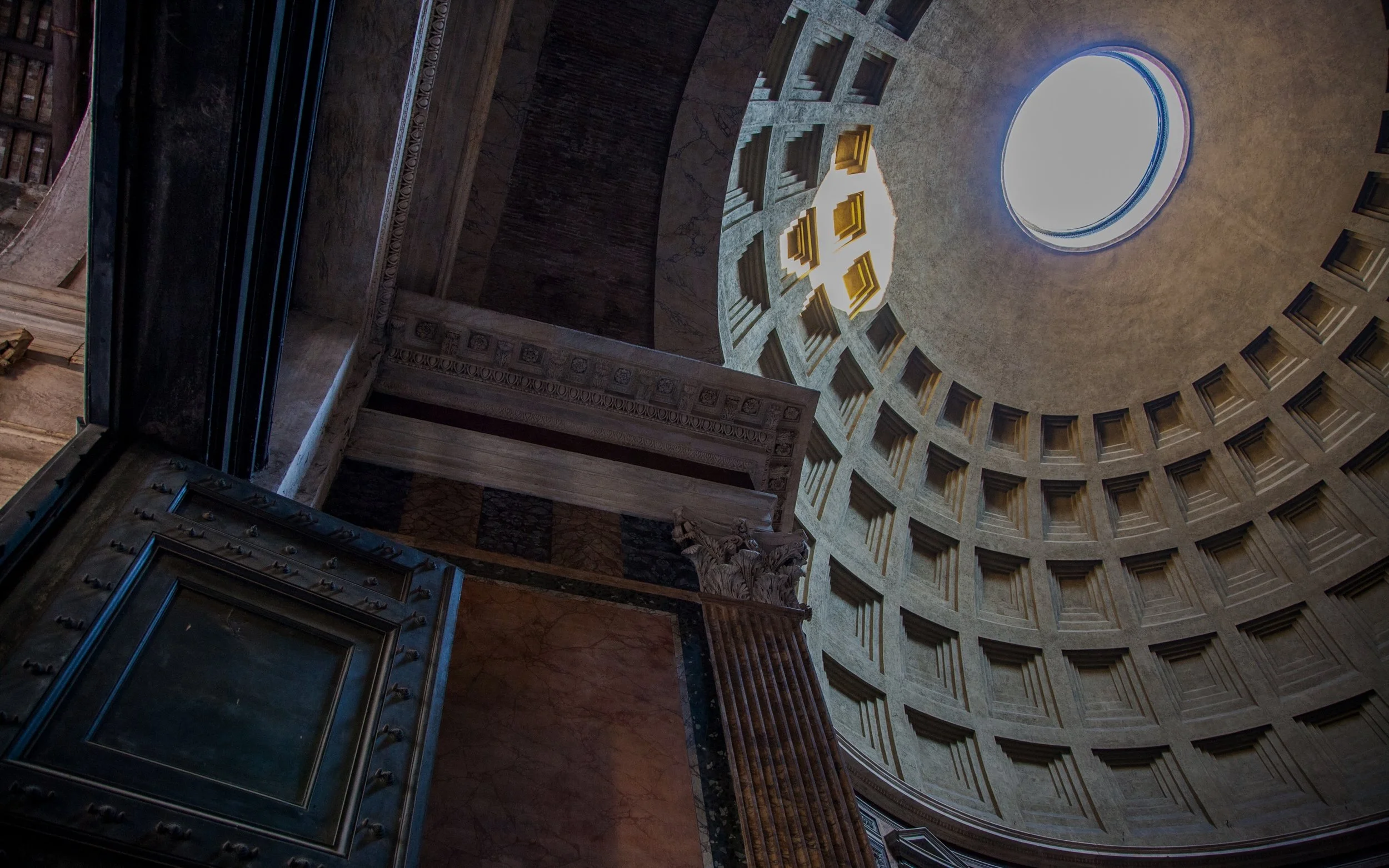TripAdvisor Mobile App
Travelers launch TripAdvisor Mobile app to find places for food, things to do, and places to stay. Making it easy for them to do this became one of our main design goals.
Downloadable Cities, so that travelers can find places even when there is no internet connections. Search by Neighborhoods connects travelers to places within an area of unique characters. Travel Guides help them find places in a given context and time frame. Map Browsing and Nearby Search make it easy to find places based on spatial relationships. Review Translation allows travelers to take into consideration the opinions of those who do not speak their languages. Opening Hours helps them focus on the establishments that will be operating when they arrive.









